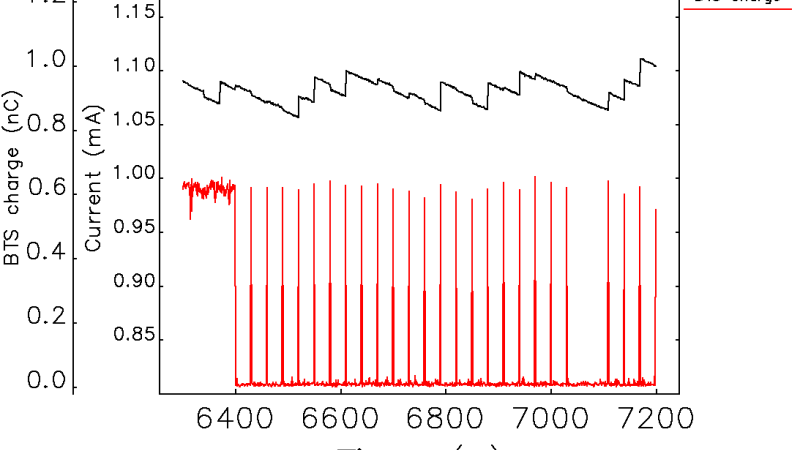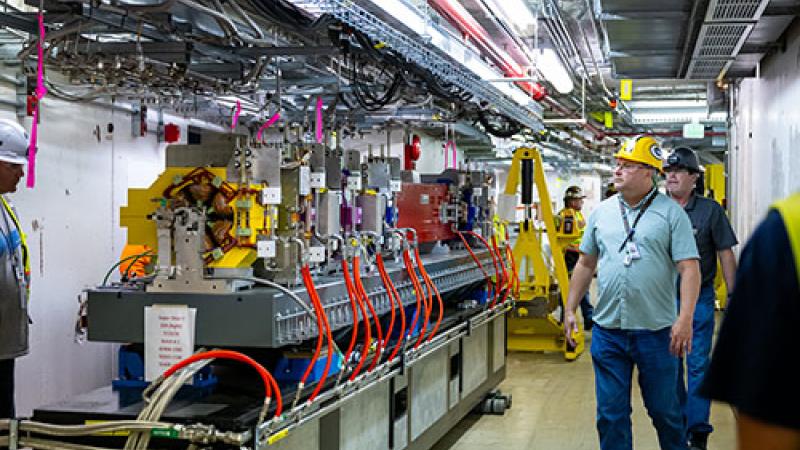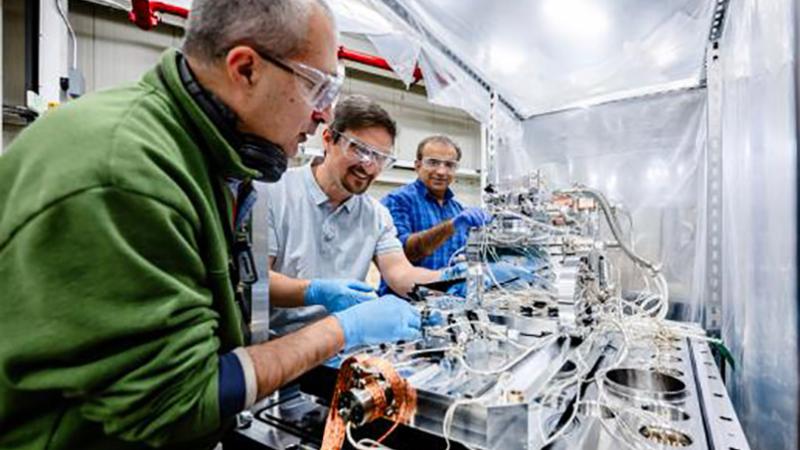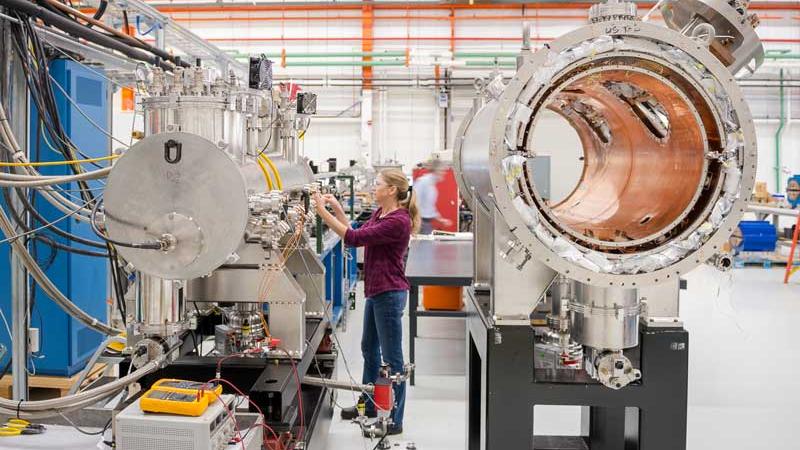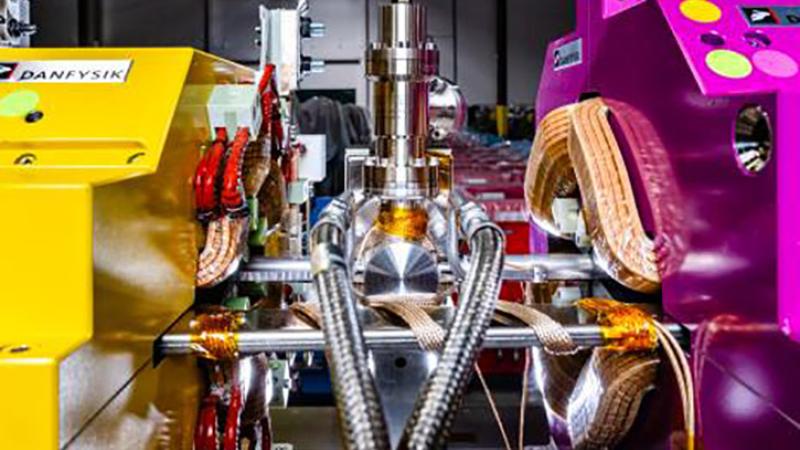APS PEOPLE & EVENTS
A self-described “scientist who knows how to build things,” Winarski bridges worlds on a daily basis in his role with the upgrade project.
As floor coordinator, Wayman acts as a liaison between beamline staff and the rest of the Advanced Photon Source.
As the APS Upgrade’s supply chain coordinator, Stankovik conducts detailed planning and forecasting to ensure all the materials are in place.
3:00 p.m. Virtual
10:00 a.m. Hybrid: 436/C010 and Virtual
11:00 a.m. Hybrid: 440/A105-A106 and Virtual







